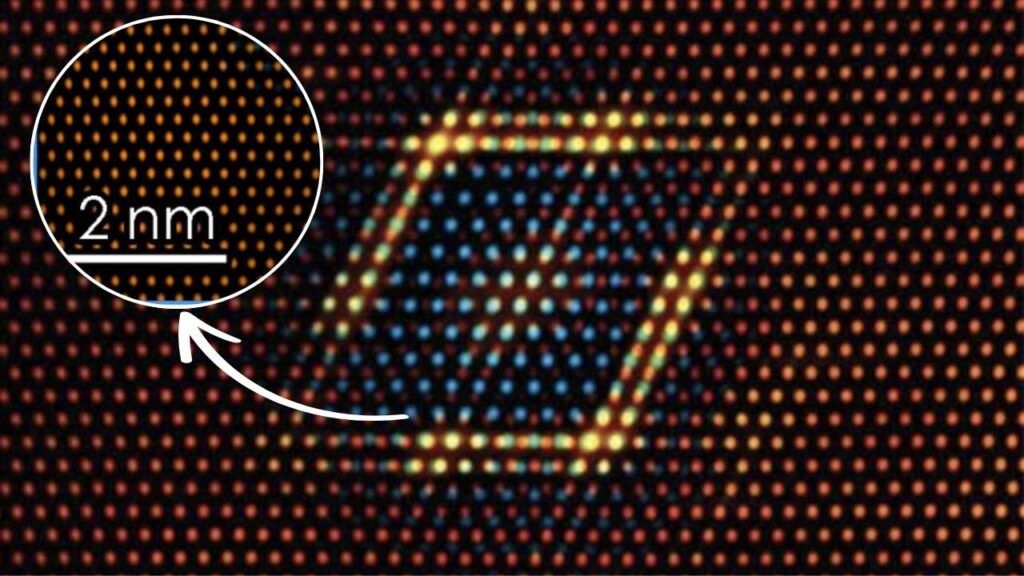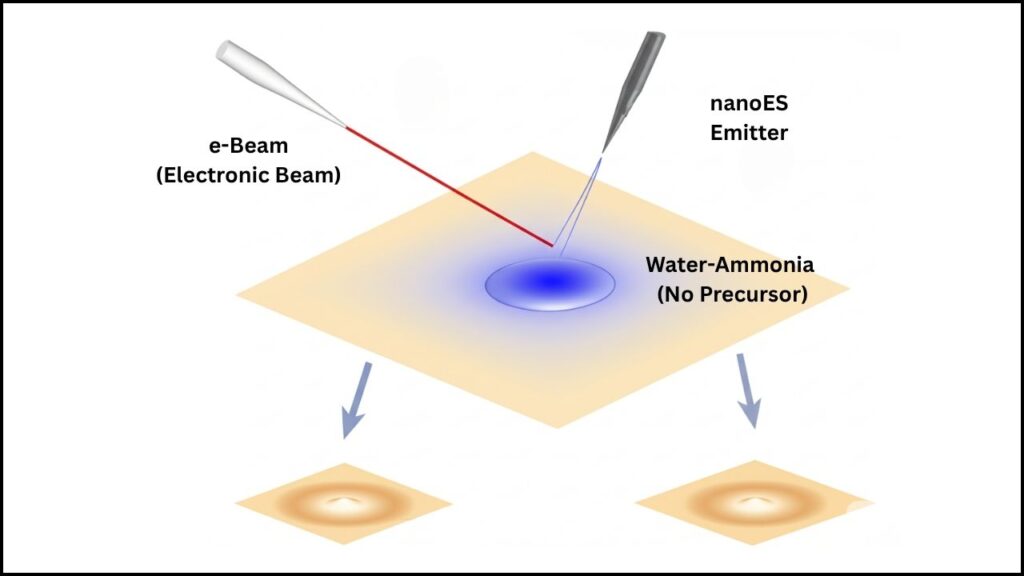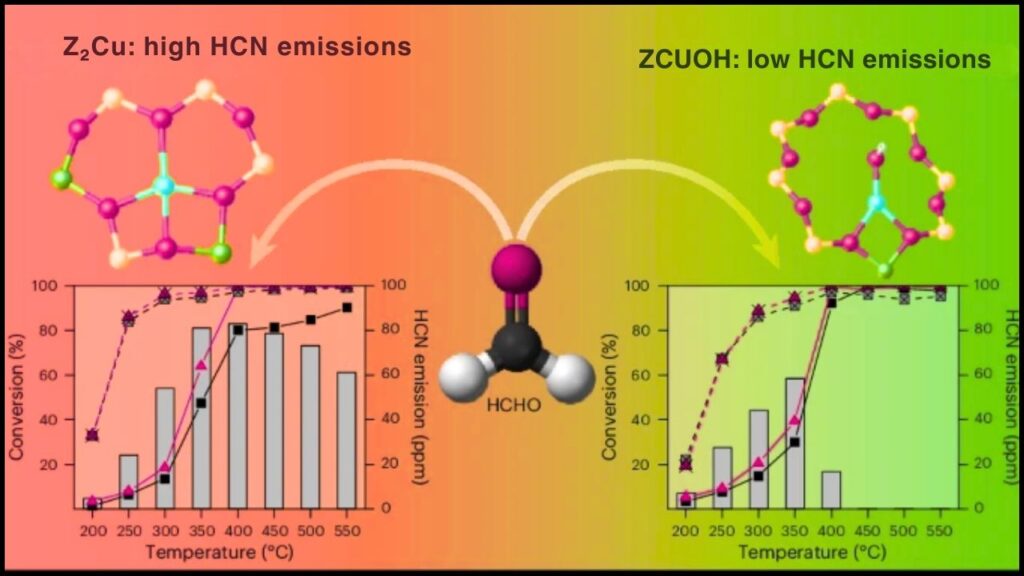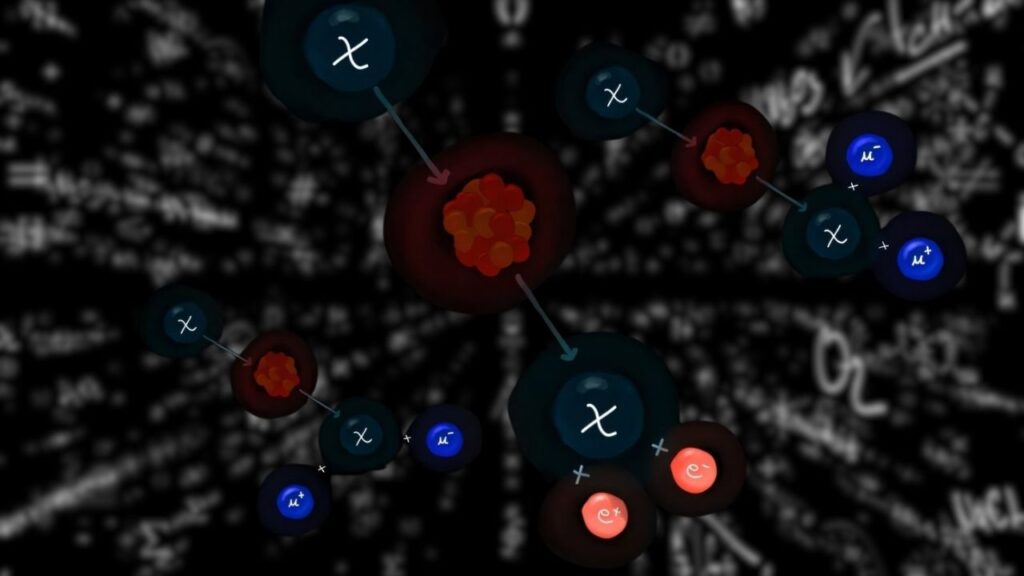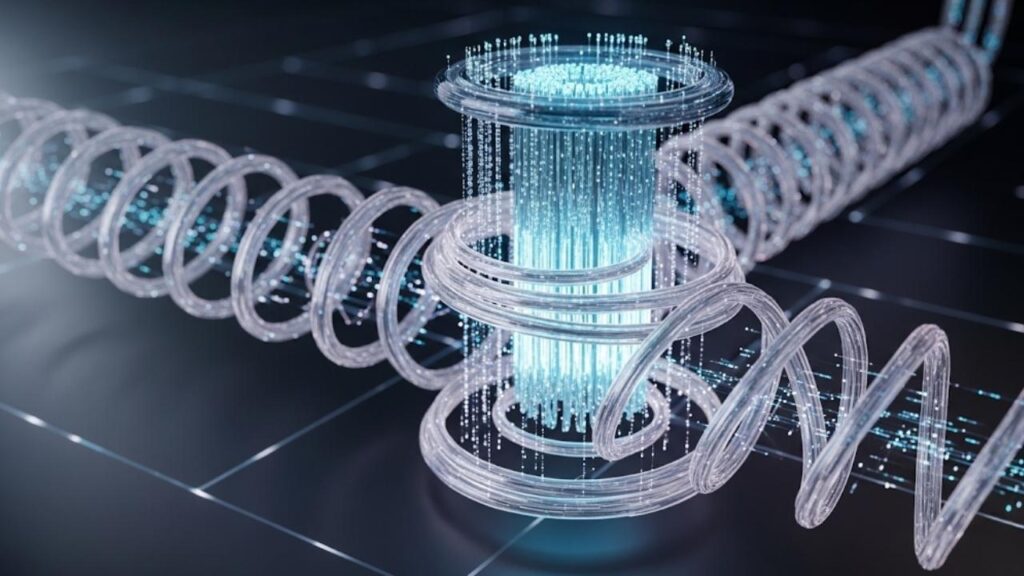In July 2025, quantum computing took a historic leap forward when physicists at Aalto University in Finland announced that a transmon qubit—the mainstay of most superconducting quantum computers—had achieved a coherence time of over one millisecond. This milestone, published in the prestigious journal Nature Communications, marks a dramatic advance in a field where every microsecond counts. Not only did the team’s best device cross the millisecond threshold, but their median coherence time—an important mark of reliability—also crushed previous records. For quantum engineers, students, and tech enthusiasts worldwide, this achievement is a watershed moment on the path to practical, large-scale quantum computing.
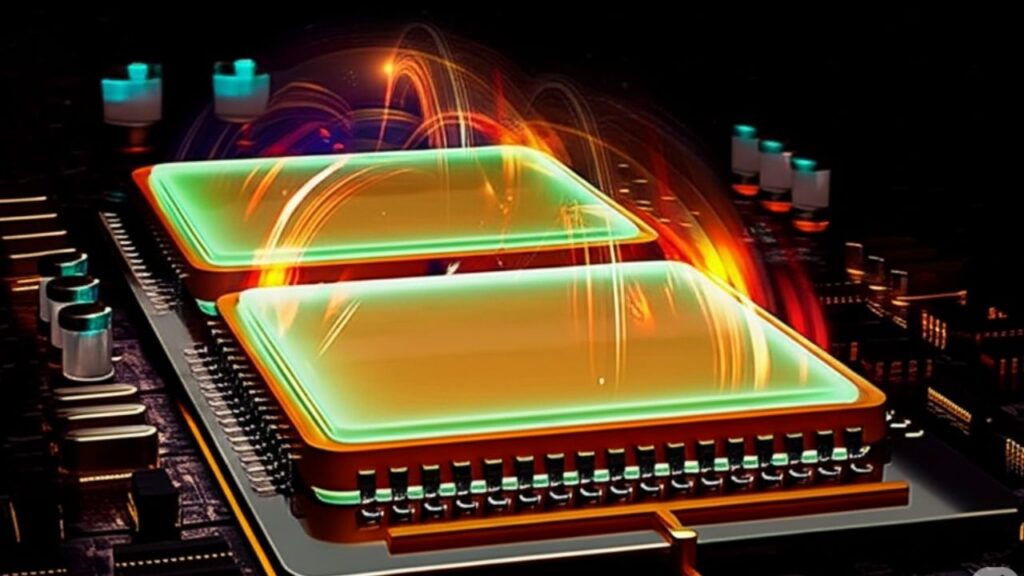
Table of Contents
Why This Matters: From Qubits to Quantum Advantage
To understand why this news is so significant, it helps to know what a qubit is and why its coherence time matters. A qubit is the quantum version of a bit—the basic unit of information in a computer. But while a classical bit can be either 0 or 1, a qubit can be 0, 1, or both simultaneously, thanks to the quantum effect called superposition. This “both at once” property is what gives quantum computers their potential for extraordinary speedup on certain problems, from simulating molecules to optimizing delivery routes.
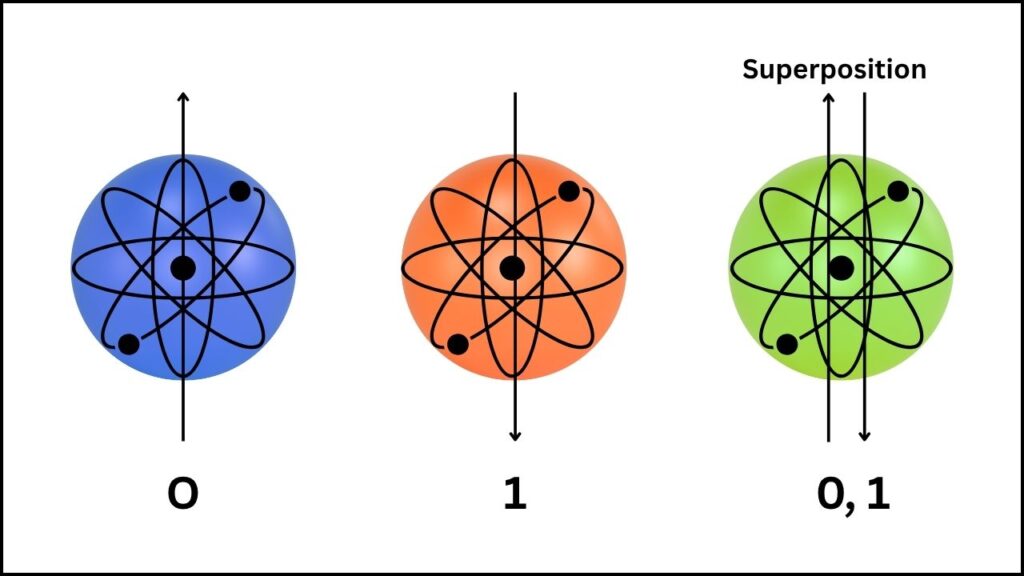
However, qubits are fragile. The real world’s noise—heat, stray electromagnetic fields, even manufacturing defects—can destroy their quantum states. The coherence time measures how long a qubit can maintain its useful quantum information before succumbing to this noise. The longer the coherence, the more operations a quantum computer can perform before making a mistake. For the world’s top labs and companies, lengthening coherence time has been a decades-long quest—because until now, most superconducting qubits fizzled out in less than a millisecond.
The Aalto team’s best transmon qubit delivered an echo dephasing time (T₂) of 1.057 milliseconds—more than three times better than the best previous published results for this type of qubit. Their median echo dephasing time was 0.5 milliseconds, again setting a new benchmark. For comparison, top transmon devices typically had coherence times under 400 microseconds. With these improvements, quantum computers become more reliable, more powerful, and closer to fault-tolerant operation—essential steps toward practical, real-world quantum computing.
Transmon Qubit Coherence Shatters the Millisecond Barrier
| Breakthrough | Details |
|---|---|
| Maximum Echo Dephasing (T₂) | 1.057 milliseconds (1,057 microseconds) |
| Median Echo Dephasing (T₂) | 0.5 milliseconds (500 microseconds) |
| Median Energy Relaxation (T₁) | 425 microseconds |
| Previous Record (T₂) | ~0.6 milliseconds (600 microseconds) (for similar qubits) |
| Team | Aalto University QCD Group (Mikko Tuokkola, Yoshiki Sunada, Mikko Möttönen, et al.) |
| Publication | Nature Communications, July 2025 |
| Why Significant? | Longer coherence = more useful quantum operations, lower error rates, less error correction needed |
| Project Support | Academy of Finland Centre of Excellence in Quantum Technology, Finnish Quantum Flagship, European Research Council |
The Aalto University breakthrough is a major advance for quantum computing—moving a transmon qubit’s coherence time into the millisecond regime for the first time. This dramatically reduces error rates and lowers the barrier to scalable, fault-tolerant quantum computers.
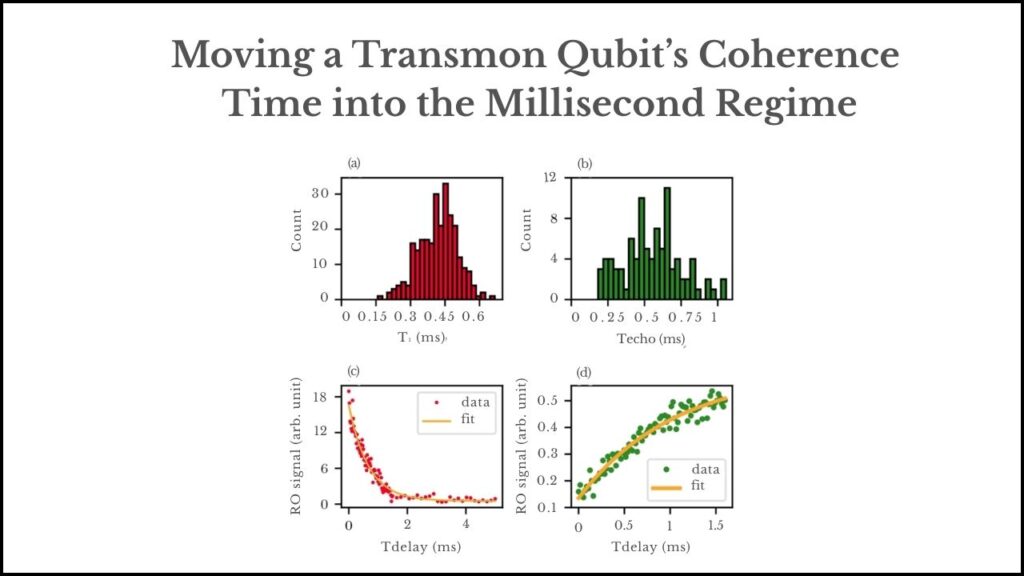
For science, this is a leap forward. For Finland, it’s a testament to strategic research investment. For the world, it’s a sign that quantum computers are becoming more real, more useful, and more open for all to explore.
Quantum computing isn’t just a technology of the future—it’s a field in rapid evolution, with real breakthroughs happening today. And as more people—from schoolkids to global industry leaders—pay attention and get involved, the future of computing will keep getting more quantum.
How Did They Achieve Such Long Coherence?
Transmon qubits are the “workhorse” of superconducting quantum computers—found in devices made by Google, IBM, and others. Unlike other, more exotic qubits, transmons are relatively easy to manufacture at scale, but they’ve historically been limited by lower coherence times. To push past this limit, the Aalto team combined advanced materials science, precision fabrication, and meticulous experimental control.
Fabrication: Attention to Every Detail
The team started by carefully optimizing the chip design—using niobium for superconductivity, and patterning it with ultra-precise electron-beam lithography. They paid special attention to the Josephson junction, the heart of the transmon qubit, which must be made with atomic-level control and near-perfect cleanliness.
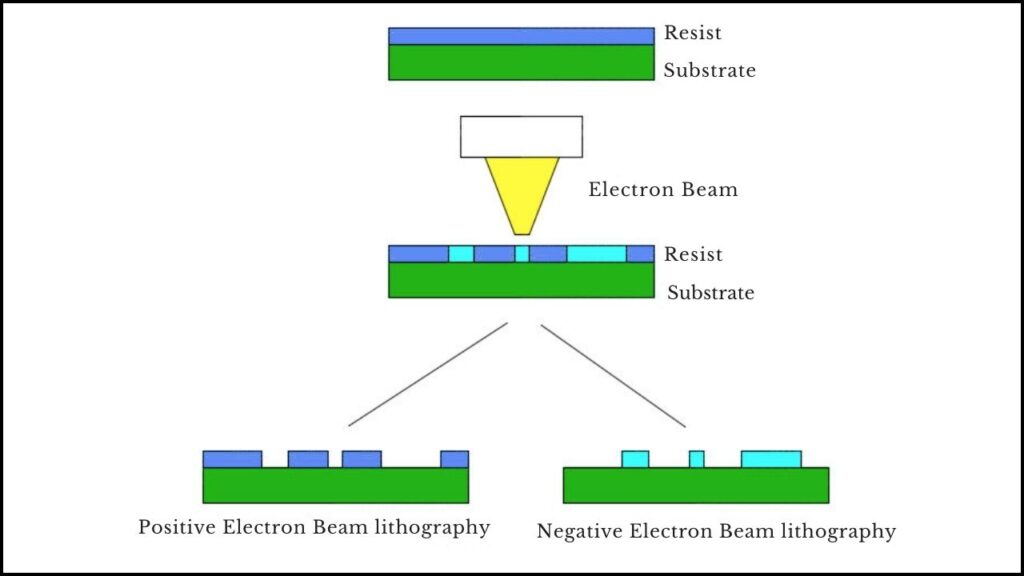
Reducing Decoherence: Tackling the Invisible Enemy
Noise is the enemy of quantum computers. Even tiny defects or imprecise fabrication can cause qubits to lose their information prematurely. The Finnish researchers used refined thermal and chemical treatments to ensure the purity of their chips and ultra-clean cryogenic environments to shield the qubit from unwanted interference. This attention to detail enabled them to dramatically reduce sources of decoherence.
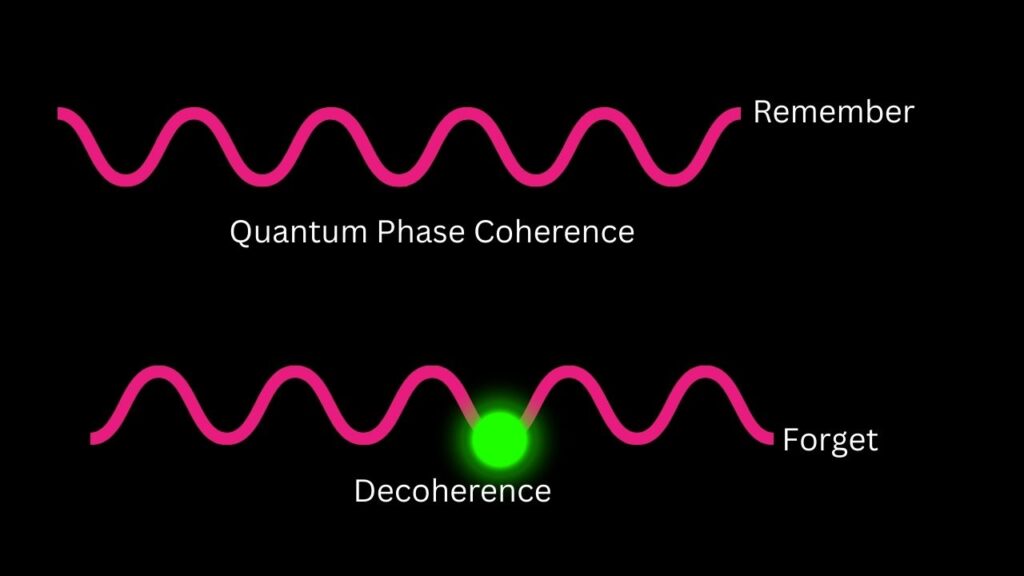
Measurement: Precision Tools for Precision Science
To accurately measure coherence, the team used a traveling-wave parametric amplifier (TWPA), a device that boosts weak quantum signals without adding much noise. This improved the fidelity of their measurements, allowing them to both detect subtle effects and rule out measurement artifacts.
Reproducibility: Science as a Living Document
Perhaps most importantly, the team published every detail of their fabrication and measurement methods. This enables other labs worldwide to independently verify their results and build on their progress. Science is most robust when it is transparent and repeatable—a principle the Aalto team has exemplified.
Why Longer Coherence Is a Game Changer
For scientists and engineers, increased coherence means quantum computers can perform far more operations before errors accumulate. For businesses and end users, this brings the promise of faster, more reliable quantum solutions for chemistry, logistics, finance, and artificial intelligence.
Quantum error correction is a technique for making quantum computers more reliable by adding extra qubits to catch and correct mistakes. However, error correction is expensive—it uses up a large fraction of the quantum processor’s power and resources. Longer coherence times directly reduce the need for error correction, freeing up more qubits for actual computation and making quantum computers both simpler and more robust.
Transmon Qubits vs. Other Types
Fluxonium qubits and other, more exotic designs have reached even longer coherence times—sometimes above 1.5 milliseconds. However, transmon qubits remain the industry standard because they’re easier to manufacture at scale and are already deployed in leading quantum devices. The Aalto breakthrough demonstrates that transmons, with careful engineering, can still make dramatic progress—an exciting result for the entire field.
Finland: A Rising Quantum Powerhouse
This achievement is not an isolated event. Finland has become a global leader in quantum science and engineering, thanks to targeted national investments, strong academic-industry collaboration, and world-class research centers like Aalto’s OtaNano cleanroom facilities. Researchers involved in this project are also connected to IQM Quantum Computers, a Finnish company developing hardware for the next generation of quantum processors.
Strategic funding from the European Research Council, the Research Council of Finland, and the Finnish Quantum Flagship has enabled this rapid progress. Finland’s ability to reproducibly fabricate high-quality qubits in academic cleanrooms sets it apart as a hub for quantum innovation.
New Quantum Trick Lets Computers Guess the Future With Just a Few Qubits
Canadian Scientists Just Cracked a Major Quantum Problem — Say Hello to Smarter Qubits
New Cryogenic Silicon Chip Offers Breakthrough in Managing Spin Qubits for Quantum Computing
FAQs About Why This Matters: From Qubits to Quantum Advantage
Q: What is a transmon qubit?
A: A transmon qubit is a type of superconducting circuit that serves as a building block for most current quantum computers. Its simple design makes it easy to manufacture and control at scale compared to more complex qubit types.
Q: Why is coherence time so important?
A: Coherence time determines how long a qubit can keep its quantum information. The longer the coherence, the more computations a quantum computer can do before making mistakes. Reliable quantum computers require long coherence times.
Q: How does this compare with previous records?
A: The previous best published coherence for transmon qubits was about 0.6 milliseconds. The new result—1.057 milliseconds—is nearly double, and the median coherence also exceeds the old record.
Q: Can I use a quantum computer now?
A: Not yet at home or school. Quantum computers need ultra-cold, highly controlled environments and are primarily used in research labs and by large companies. But longer coherence times mean these devices are getting closer to practical use—so keep watching this space!
Q: Will this result work in large-scale quantum processors?
A: Yes, in principle. The Aalto team focused on reproducibility and shared their methods so others can build on their results. However, integrating many high-coherence qubits into a single, stable computer remains a challenge—but this breakthrough makes that goal more achievable.
The Road Ahead: Next Steps and Opportunities
What’s next? The Aalto team and others in the field are already looking at how to translate these single-qubit improvements into large-scale quantum processors. This includes scaling up fabrication, improving qubit interconnects, and developing advanced error correction strategies to make the most of longer coherence.
Opportunities for students and professionals: Quantum science is booming globally, with exciting careers in physics, engineering, computer science, and materials science. Summer schools, fellowships, and research programs at places like Aalto University are great places for students and early-career professionals to get involved.
Advice for enthusiasts: Follow leading quantum research labs and companies, attend public lectures, and consider open online courses (MOOCs) in quantum computing. The field is moving fast, and there’s never been a better time to learn and participate.
Advice for industry: Collaborate with academic and national labs to translate breakthroughs into practical solutions. Start experimenting with quantum algorithms on cloud-based quantum computers—today’s results mean tomorrow’s industrial applications are closer than ever.
